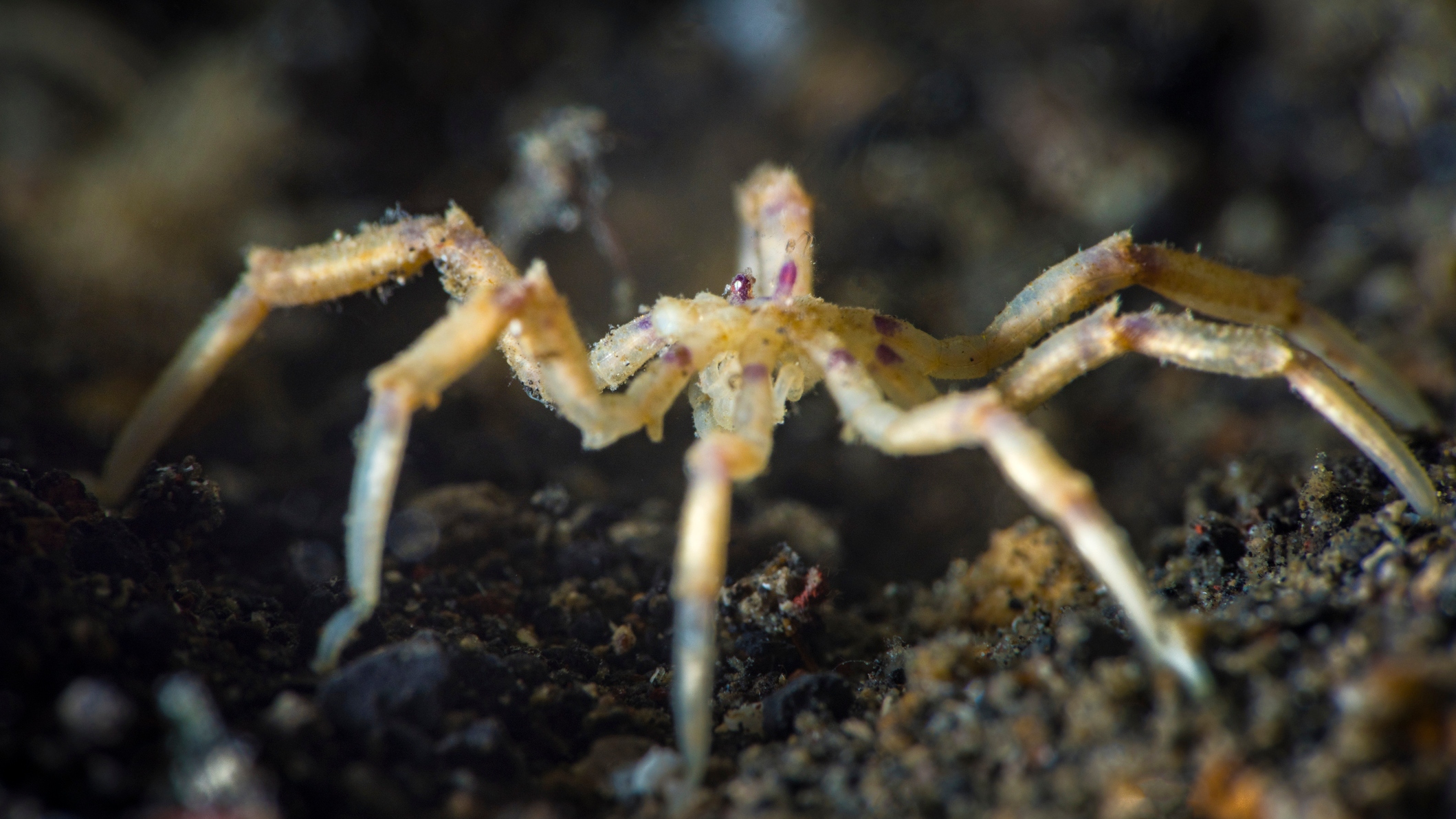
iStockphoto / RibeirodosSantos
On long range fishing trips there’s no telling what will be brought up to the boat. There’s a Russian deep sea fisherman who has amassed a massive following showcasing the peculiar creatures his crew hauls in and his latest catch, a type of ‘sea spider‘, is one of his weirdest yet.
The account, rfedortsov_official_account, does some pretty cool science work by exposing landlubbers scrolling the ‘gram to creatures they’d otherwise never know exist. This creature below is a pantopod which he says lead “a predatory and semi-parasitic lifestyle” and all of that checks out once you see it.
If you dislike spiders then firstly, I’m not sure why you clicked this article but secondly, this is borderline gasoline being poured on your arachnophobia. Check it out:
His caption is in Russian but ran through Google Translate, here’s what it says about the sea spider caught
“Pantopods are a unique class of purely marine arthropods leading a predatory and semi-parasitic lifestyle. The body of pantopods is covered with a dense chitinous cuticle and consists of a small four-segmented body and several pairs of limbs. Four pairs of hind limbs are highly developed and serve as walking legs. The body of sea spiders is so small that the most important internal organs (intestinal outgrowths and gonads) are located in powerful walking legs.”
“In front of the walking legs there may be 3 more pairs of much smaller limbs, which serve to capture and hold prey, touch, carrying eggs and cleaning the body. On the first segment of the body there is an ocular tubercle with four ocelli. The mouth is located at the end of the proboscis, equipped with a powerful muscular pharynx that works like a pump. Sea spiders are sedentary bottom animals. Dioecious. In some species, eggs are carried by males on special egg-bearing legs until fully developed; in others, embryos develop parasitically inside the cavity of hydroid polyps.”
Based on that last part alone, how the embryos develop, I think Stephen King might have found inspiration for his next book. This is some disturbing overlap between the Alien franchise and thalassophobia and the creatures that come along with being afraid of deep open water.
Over on the NOAA Ocean Exploration website, they have a fascinating article about how ‘sea spiders are not actually spiders’ despite looking so similar. It is wild to think there are 1,500 different species of these out there!
To give you a sense of the other fascinating creatures he has shown on his Instagram, here are two recent anglerfish caught and featured:
https://www.instagram.com/p/C2zPBCqsypP/
That’s a hard ‘no’ from me. I’ll stick to the creatures I can see in warm, tropical waters.